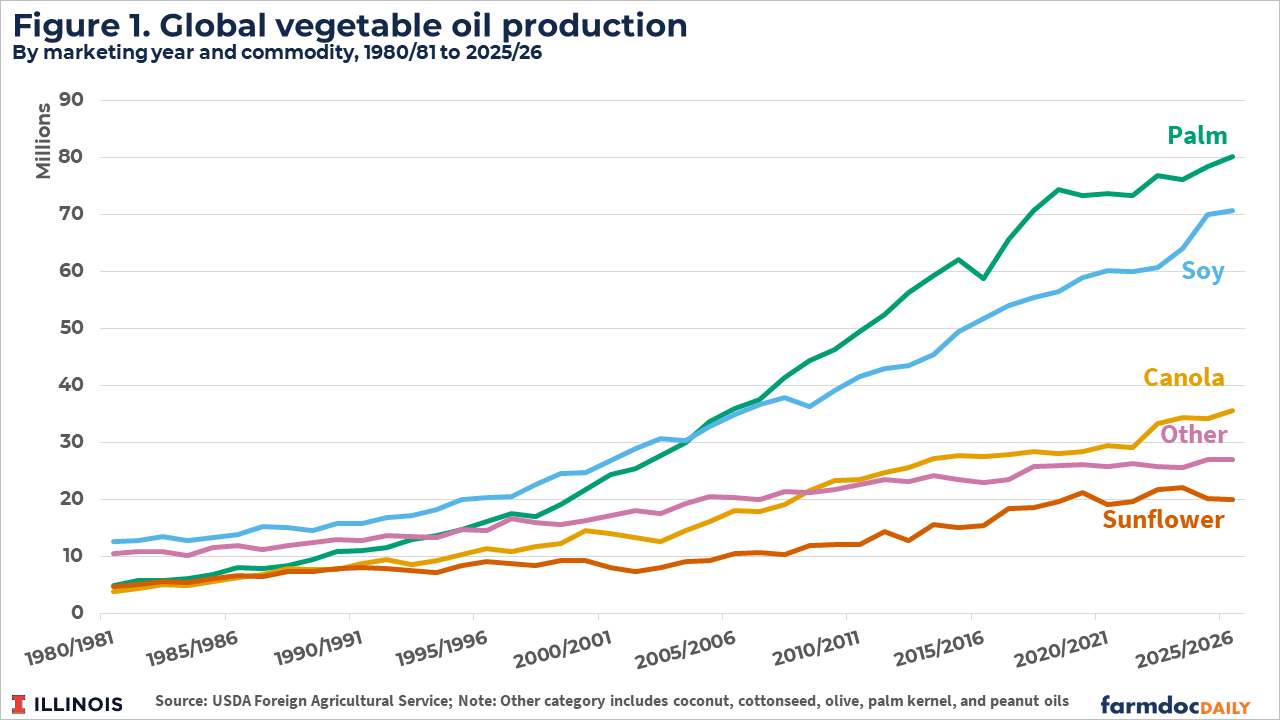Take urgent action to combat climate change and its impacts
The UN explains: Affordable, scalable solutions are now available to enable countries to leapfrog to cleaner, more resilient economies. The pace of change is quickening as more people are turning to renewable energy and a range of other measures that will reduce emissions and increase adaptation efforts.
Further data and statistics can be found at the Our World in Data entry on CO2 and Other Greenhouse Gas Emissions.
The UN has defined 5 Targets and 8 Indicators for SDG 13. Targets specify the goals and Indicators represent the metrics by which the world aims to track whether these Targets are achieved. Below we quote the original text of all Targets and show the data on the agreed Indicators.
How is the world doing on this goal?
Target 13.1: Strengthen resilience and adaptive capacity to climate-related disasters
UN definition: Strengthen resilience and adaptive capacity to climate-related hazards and natural disasters in all countries.
Deaths and injuries from natural disasters
Definition: Indicator 13.1.1 is the number of deaths, missing persons and directly affected persons attributed to disasters per 100,000 population.
Indicators measured here report mortality rates, internally displaced persons, missing persons and total numbers affected by natural disasters.
Goal: By 2030 strengthen resilience and adaptive capacity to climate-related hazards and natural disasters in all countries.
More research: Further data and research on this topic can be found at the Our World in Data on Natural Disasters.
Additional charts:
Total deaths from natural disasters
Number injured from natural disasters
Number left homeless from natural disasters
Number affected by natural disasters
National disaster risk management
Definition: Indicator 13.1.2 is the number of countries that adopt and implement national disaster risk reduction strategies in line with the Sendai Framework for Disaster Risk Reduction 2015–2030.
This indicator identifies countries who have and have not adopted and implemented disaster risk management strategies in line with the Sendai Framework for Disaster Risk Reduction.
Goal: By 2030 strengthen resilience and adaptive capacity to climate-related hazards and natural disasters in all countries.
More research: Further data and research on this topic can be found at the Our World in Data on Natural Disasters.
Additional charts:
Total deaths from natural disasters
Number injured from natural disasters
Number left homeless from natural disasters
Number affected by natural disasters
Local disaster risk management
Definition: Indicator 13.1.3 is the proportion of local governments that adopt and implement local disaster risk reduction strategies in line with national disaster risk reduction strategies.
Goal: By 2030 strengthen resilience and adaptive capacity to climate-related hazards and natural disasters in all countries.
More research: Further data and research on this topic can be found at the Our World in Data on Natural Disasters.
Additional charts:
Total deaths from natural disasters
Number injured from natural disasters
Number left homeless from natural disasters
Number affected by natural disasters
Target 13.2: Integrate climate change measures into policy and planning
UN definition: Integrate climate change measures into national policies, strategies and planning.
Integration of climate change into national policies
Definition: Indicator 13.2.1 is the number of countries that have communicated the establishment or operationalization of an integrated policy/strategy/plan which increases their ability to adapt to the adverse impacts of climate change and foster climate resilience and low greenhouse gas emissions development.
This indicator measures the number of countries signed on to multilateral agreements on climate change. Currently this indicator does not reflect the levels of operationalization or implementation of climate mitigation and adaption action.
National commitments within the UNFCCC Paris Agreement vary by country depending on their Nationally Determined Contributions (NCDs) so are not directly comparable. In the additional charts below you will find data on national CO2 emissions, per capita emissions and carbon intensity measures.
Goal: By 2030 integrate climate change measures into national policies, strategies and planning.
More research: Further data and research on this topic can be found at the Our World in Data on CO2 and Other Greenhouse Gas Emissions.
Additional charts:
CO2 emissions by country
CO2 emissions per capita
CO2 emissions intensity
Target 13.3: Build knowledge and capacity to meet climate change
UN definition: Improve education, awareness-raising and human and institutional capacity on climate change mitigation, adaptation, impact reduction and early warning.
Education on climate change
Definition: Indicator 13.3.1 is the number of countries that have integrated mitigation, adaptation, impact reduction and early warning into primary, secondary and tertiary curricula.
Goal: By 2030 improve education, awareness-raising and human and institutional capacity on climate change mitigation, adaptation, impact reduction and early warning.
Target 13.A: Implement then UN Framework Convention on Climate Change
UN definition: Implement the commitment undertaken by developed-country parties to the United Nations Framework Convention on Climate Change to a goal of mobilizing jointly $100 billion annually by 2020 from all sources to address the needs of developing countries in the context of meaningful mitigation actions and transparency on implementation and fully operationalize the Green Climate Fund through its capitalization as soon as possible.
Green Climate Fund mobilization of $100 billion
Definition: Indicator 13.A.1 is the mobilized amount of United States dollars per year between 2020 and 2025 accountable towards the $100 billion commitment.
This indicator measures the current pledged commitments from countries to the Green Climate Fund (GCF) as annual US$ contributions pledged. Also shown is the collective global total.
Goal: Implement the commitment undertaken by developed-country parties to the United Nations Framework Convention on Climate Change to a goal of mobilizing jointly $100 billion annually by 2020 from all sources
Unlike most SDG targets which have a set target year of 2030, this indicator requires a mobilization of $100 billion per year from 2020 onwards.
Target 13.B: Promote mechanisms to raise capacity for planning and management
UN definition: Promote mechanisms for raising capacity for effective climate change-related planning and management in least developed countries and small island developing States, including focusing on women, youth and local and marginalized communities.
Support for planning and management in least-developed countries
Definition: Indicator 13.B.1 is the number of least developed countries and small island developing States that are receiving specialized support, and amount of support, including finance, technology and capacity-building, for mechanisms for raising capacities for effective climate change-related planning and management.
Goal: By 2030 promote mechanisms for raising capacity for effective climate change-related planning and management in least developed countries.























































/environment-climate-change-and-health-(ech)/water-sanitation-hygiene-and-health-(wsh)/landfill-tuvalu-36092.tmb-1200v.jpg?sfvrsn=5c21fe40_1#)






